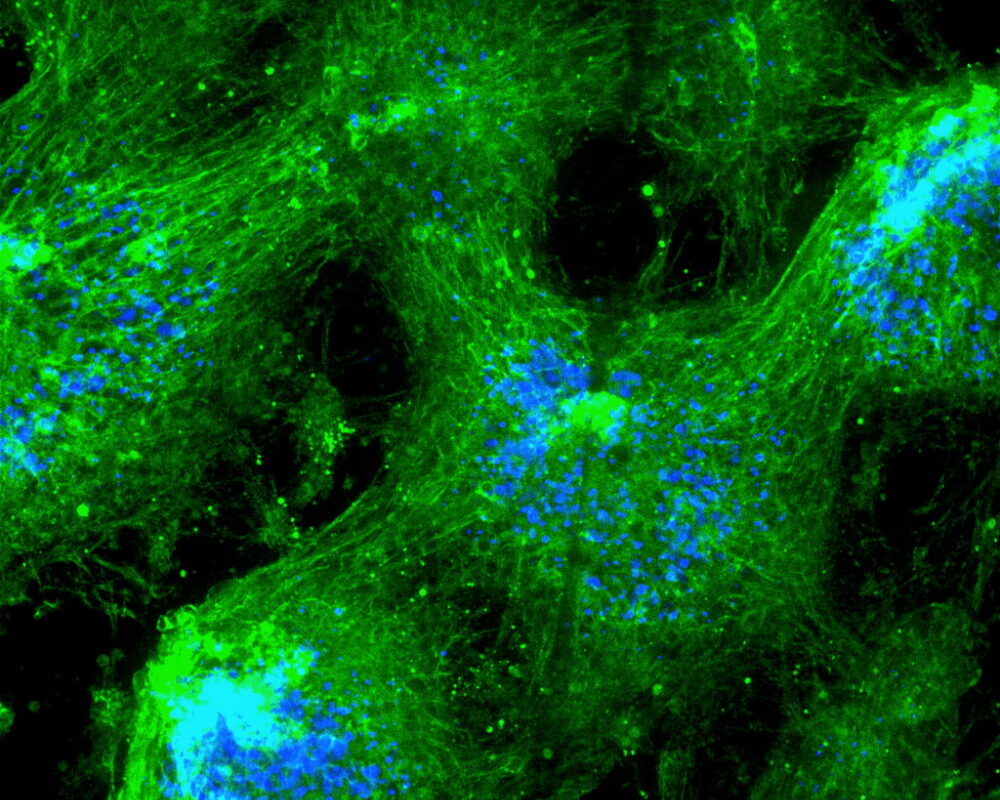The extracellular matrix (ECM) forms the non-cellular component present outside of cells in all tissues and organs in the body. Often viewed simply as inert scaffolding, the ECM plays an active and vital role in processes like cell adhesion, migration, signaling, proliferation and differentiation. Composed primarily of water, proteins and polysaccharides, the ECM forms a 3D network that provides structural support and regulates cellular behavior in development, homeostasis and disease.
Composition and Structure of ECM
The ECM is composed of various structural and functional components that form a organized network. Some of the main components include:
Collagen: As the most abundant protein in mammals, various types of collagen make up around 25-50% of the total Extracellular Matrix dry weight. Collagens form highly ordered fibrils and networks that provide tensile strength and structural integrity to tissues.
Elastin: This rubber-like protein is important for elasticity and resilience in tissues subjected to cyclic stretching like lungs, blood vessels and skin. Elastin allows these tissues to recoil after deformation.
Glycosaminoglycans (GAGs): Long unbranched polysaccharide chains of GAGs like hyaluronan, chondroitin sulfate and heparan sulfate are hydrated molecules that trap water and provide cushioning and resistance to compression.
Proteoglycans: These proteins have covalently attached GAG side chains that aggregate with hyaluronan to form gel-like structures. Proteoglycans regulate hydration, aggregation of collagen fibers and reside signaling molecules.
Other proteins: Fibronectin, laminins and other adhesion proteins anchor cells to the ECM and regulate cellular behavior. Matricellular proteins modify cell-matrix interactions during development and wound healing.
Together, the structural building blocks of ECM self-assemble into an organized insoluble network with mechanical properties tailored for specific tissue functions. For example, bone ECM is rich in collagen and minerals for rigidity while lung ECM has abundant elastin for elasticity.
Signaling Role of ECM
In addition to supporting mechanical integrity, the ECM actively regulates various cellular processes by acting as a reservoir for growth factors, cytokines and other regulatory molecules.
Growth factors: ECM bound growth factors like FGF, TGF-β and PDGF are presented to cells in an inactive form. Controlled degradation of ECM by proteases releases these growth factors allowing tightly regulated cell proliferation, migration and differentiation.
Integrin binding: Cell surface integrin receptors bind ECM components like fibronectin, laminins and collagens. This triggers downstream signaling that controls processes like gene expression, adhesion, survival and motility.
Mechanotransduction: Physical forces exerted on cells through their attachments to ECM are transduced into biochemical signals via integrins, focal adhesions and cytoskeletal components. This mechanosensing regulates cell behavior and tissue homeostasis.
Degradation and remodeling
The ECM undergoes continuous degradation and remodeling by cells to facilitate tissue plasticity during development, wound healing, angiogenesis and disease processes like fibrosis and cancer metastasis.
Matrix metalloproteinases (MMPs): Secreted as inactive zymogens, MMPs are the main proteases responsible for regulated ECM degradation. They cleave most ECM components and activate latency associated peptides bound to ECM.
ADAMs and ADAMTS proteases: Disintegrin and metalloproteases (ADAMs) and their ADAMTs cousins also cleave ECM proteins and modulate ECM-cell interactions.
Plasminogen activator system: Urokinase and tissue plasminogen activators initiate a proteolytic cascade that activates MMPs and results in ECM breakdown during tissue remodeling.
The dynamic interplay between ECM deposition, crosslinking and organized degradation is critical for development, tissue homeostasis and repair responses like wound healing. Dysregulation of ECM production or degradation results in pathological conditions like fibrosis and cancer.
Role of ECM in Disease
Considering the crucial role of ECM in structural integrity and cellular signaling, it is not surprising that aberrant ECM remodeling underlies many important diseases.
Fibrosis: Excessive accumulation of ECM components like collagens leads to fibrosis and scarring in organs during chronic inflammation. Lung, liver, kidney and skin fibrosis impair tissue function.
Cancer: Tumor cells hijack normal ECM turnover mechanisms to migrate, invade locally and metastasize. They secrete proteases to degrade barriers and utilize ECM components for growth and survival.
Musculoskeletal diseases: Genetic defects in collagen synthesis cause fragility disorders while enhanced MMP activity results in arthritis with cartilage degradation. Tendon/ligament injuries disrupt ECM integrity.
Cardiovascular diseases: Changes in arterial ECM composition and increased stiffness from elastin degradation or collagen crosslinking lead to hypertension and aneurysm formation over time.
Better understanding the complex interplay between cells and their surrounding ECM microenvironment holds the key for developing therapies against many prevailing human diseases. Future research avenues targeting the controlled manipulation of ECM deposition and degradation hold promise.
*Note:
1. Source: Coherent Market Insights, Public sources, Desk research
2. We have leveraged AI tools to mine information and compile it


